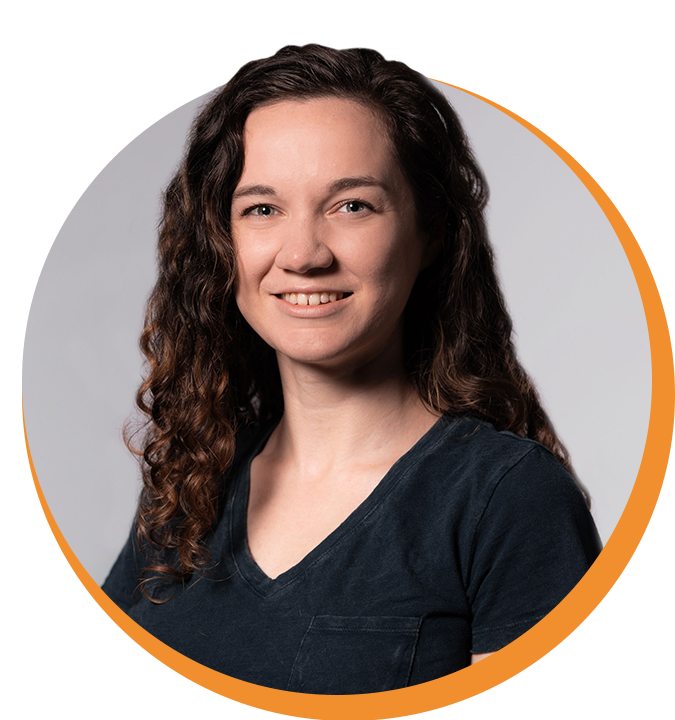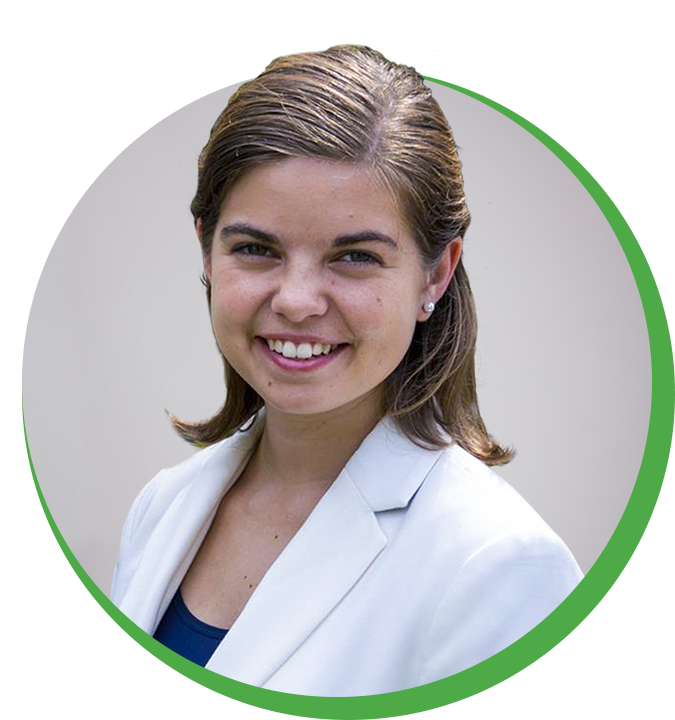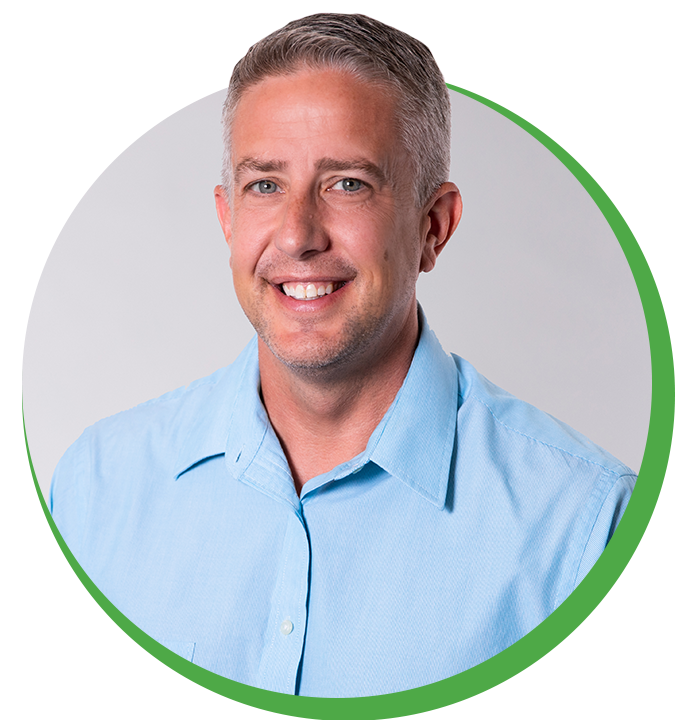
Savannah Aleckson
Regional Director for Joplin, MO, Area
& Events Director
Read more from Savannah
For Royce Nelson, Executive Director of the Fuller Center for Housing chapter located in Joplin, MO, material assistance is less about provision and more about partnership. That perspective has shaped the way Fuller Center for Housing approaches charity, inspiring meaningful exchange and quality relationships—in their view, treating their clientele as collaborators rather than charity cases is key to sustainable, development-oriented solutions for those in poverty.
With over 75 chapters across the United States, Fuller Center for Housing aims to alleviate one common social woe: inadequate housing for those in poverty. Whether that’s through building new homes or rehabilitating homes that have deteriorated, Fuller Center for Housing envisions a world where everyone has a safe place to live—and they see collaboration as the vehicle through which that becomes a reality.
How can you participate in charity that’s less like a toxic handout and more like a dignifying exchange? Royce shares 5 tips to achieve just that from Fuller Center for Housing’s operations.
![]()
Do your homework
Before the Fuller Center for Housing team gets started on a project, they explore several relevant questions: What’s the client’s story? Why is he unable to afford a new home build or repair by conventional means? What’s caused the decay of his current home? Has any other agency stepped in to help in this situation? The answers to those questions are best found through personal, careful investigation that is unmoved by any pressure to rush. Fuller’s team members take the time to get to know the client and their situation before agreeing to assist. They also use community collaboration tools such as CharityTracker to gain more insight into the client’s backstory and determine how else he has been helped.
![]()
Expect more, not less, of your clientele
The temptation to zero in on what feels like urgent and serious need, like a rotting floor or a badly damaged roof, is potent. However, Royce urges those involved in charity to step back and get the big picture: even those with pressing needs have valuable skills, resources, and assets to offer. To invite the poor to put those giftings to use in exchange for assistance is not a cruel ask; on the contrary, it’s an incredibly affirming and dignifying process! For that reason, Fuller Center for Housing is intentional about deeply involving the client in the process of the home build or repair. They are expected to chip in:
- Financially. Fuller’s helps complete the needed work well below market rate to assist their low-income clientele who may be unable to afford a conventional loan. Clients are expected to pay for the discounted materials along with a 12.5% fee to help with Fuller’s operating expenses; if payment cannot be made up-front, then a payment plan is arranged. “This is about giving back,” Royce shares. “Clients understand that the money they pay is not just to repair their own home, but to help keep the ministry going so other folks can receive help, too. It’s good for people to know they are capable not just of being helped, but helping others as well.”
- Physically. Yes, clients are even expected to get their hands dirty in the physical repairs of their home! This is what Fuller’s refers to as a “sweat-equity” model. Royce chuckles as he recalls all the myriad ways they’ve had clients get involved, from hanging drywall, to fixing flooring, to installing new shingles on the roof. It’s through this willingness to take things a little slower in order to involve the client that clients are able to learn new skills and take ownership over the project for their own home.
![]()
Honor and promote real relationship
In the view of Fuller Center for Housing, the most effective social safety net is the one at work right here at home—the connections between family members, friends, and community members. Root issues of poverty are addressed and life change is put in motion when those vital affiliations intervene to help their neighbor in need before more distant, bureaucratic forms of help get involved.
Fuller Center for Housing finds a variety of creative ways to encourage their clientele to lean on old relationships and create new ones, from asking family members to help with the physical labor if the client is truly immobile to completing projects side-by-side with the homeowner. These small interventions pack a punch: family and friends are reminded of their duty to help those in their circle, and hours together working on a project opens the door for good, life-giving conversation.
![]()
Remember that the devil is in the details
Through that close bond that is forged through hours spent working together, Fuller’s team members get a glimpse into details of the client’s life. Paying attention to those glimpses can make all the difference in the success of the project. Royce shared the story of one couple who was having trouble keeping up with their repayment plan. One of the team members who was helping with the project found out that they were spending $350-$400 a month on cable and suggested that they cut it to find the necessary money. The couple accepted this counsel and were able to regain hundreds of dollars of cushion back into their budget not just for the repayment plan, but for future expenses as well! Knowledge of details increases the chances of charity teams like Royce’s to find and route out the devils that hold people back from the flourishing life God intends.
![]()
Celebrate success, big or small
Royce beamed as he shared the best moment of the entire project, from intake, to evaluation, to getting the project underway, to completion: “You can’t beat the pride a client has when he’s able to step back and look at his newly built or repaired home and say ‘I did that! I can take care of myself!’” A challenge met and overcome is a dignifying and rewarding process, and something that the Fuller Center for Housing team is careful to protect for their clientele. An equally satisfying moment occurs when clients call back some time later to tell the team about a home repair they were able to complete on their own, thanks to the training they received from Fuller Center for Housing.
To the Fuller Center for Housing, their role is about much more than the sum of the boards, nails, and paint it takes to shore up a broken-down home. It’s about ministering to folks through relationship, healthy challenge, and accountability. It just so happens that repairing homes is a great vehicle for delivering those life-changing ends.




